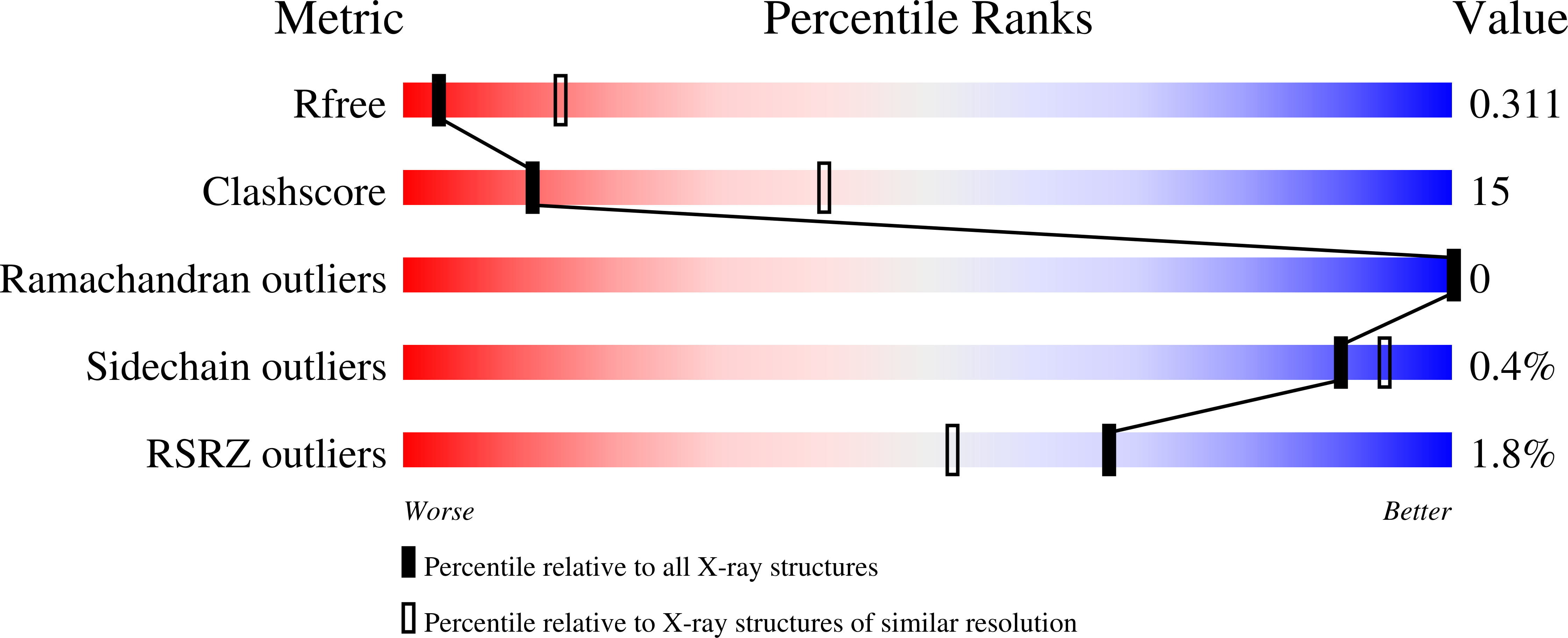
Deposition Date
2024-09-04
Release Date
2025-07-16
Last Version Date
2025-09-17
Entry Detail
PDB ID:
9DHM
Keywords:
Title:
Crystal structure of PIsnA complexed with an isonitrile product
Biological Source:
Source Organism:
Photorhabdus luminescens (Taxon ID: 29488)
Host Organism:
Method Details:
Experimental Method:
Resolution:
3.21 Å
R-Value Free:
0.31
R-Value Work:
0.25
R-Value Observed:
0.26
Space Group:
P 41 21 2


